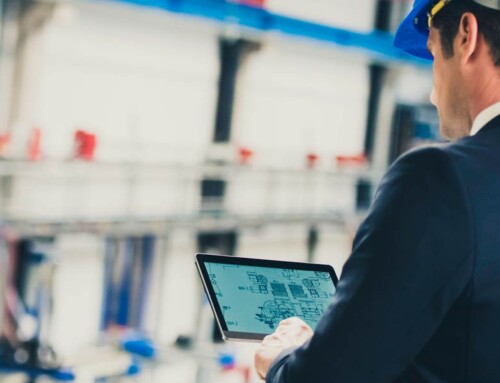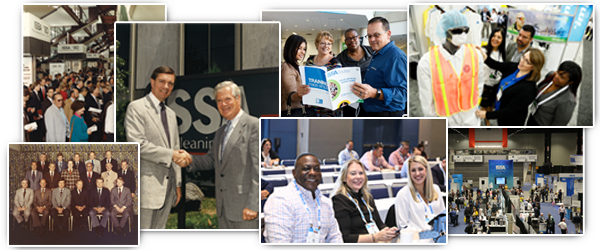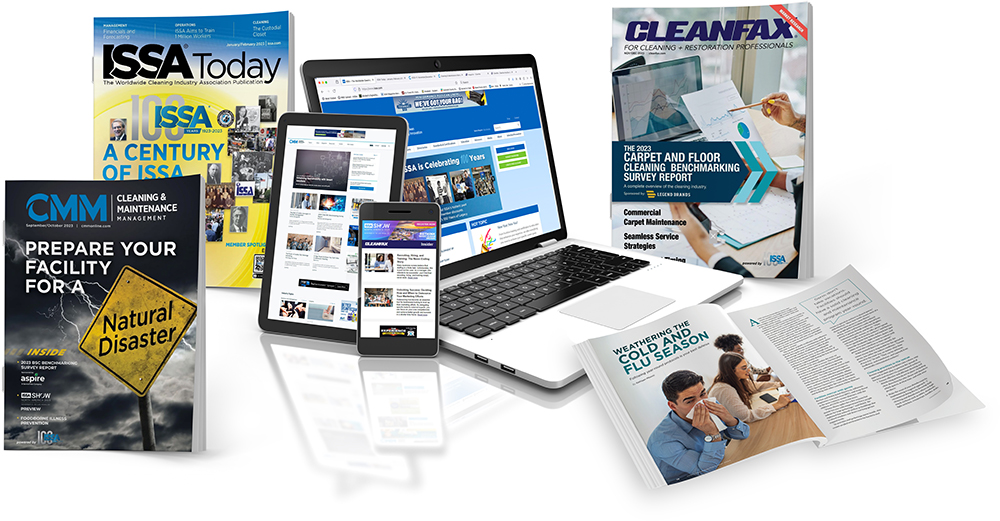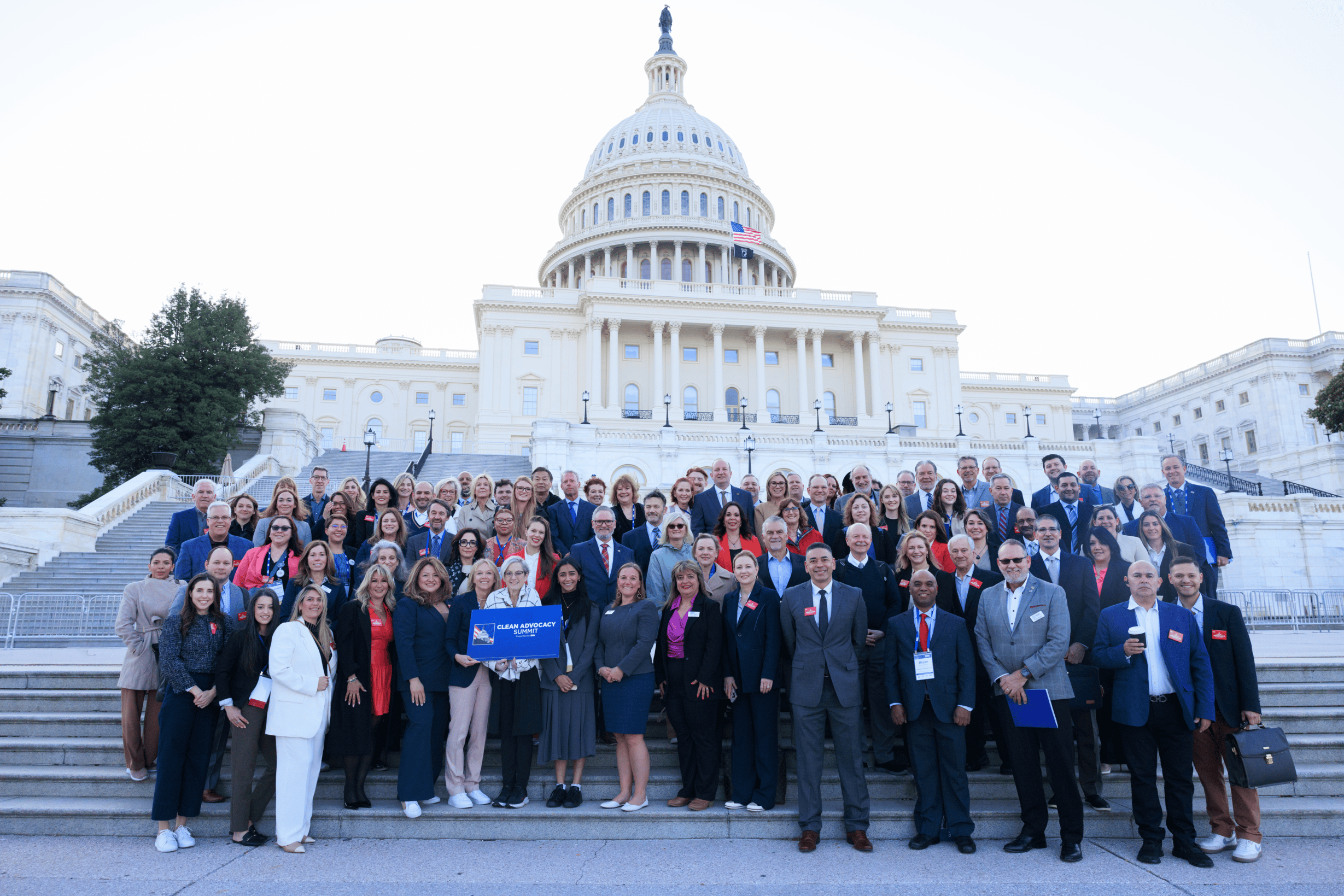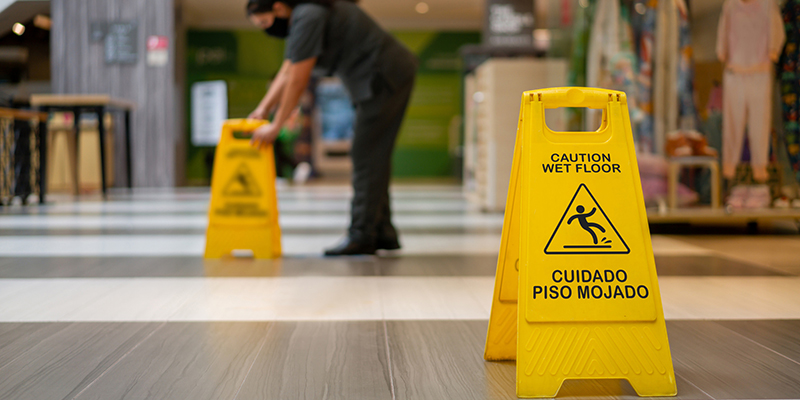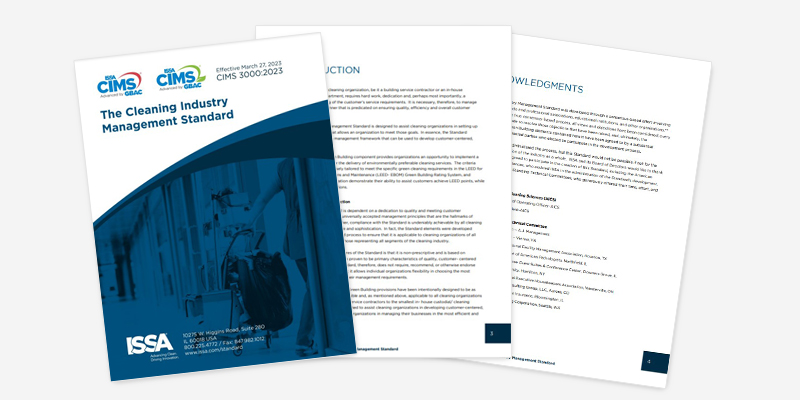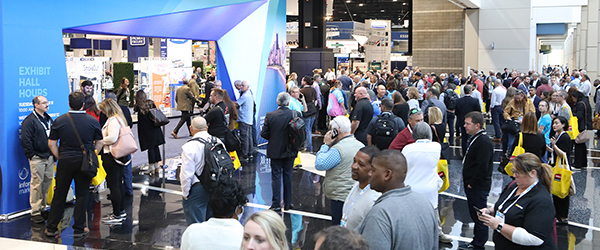How to Price Labor in the Cleaning Industry with ISSA’s CIMS Guidelines

How Commercial Cleaning Companies Need to Price Labor Using ISSA’s CIMS Guidelines
Effective labor pricing is essential for success in the cleaning industry. Using the ISSA’s Cleaning Industry Management Standard (CIMS) as a framework, commercial cleaning companies can set competitive and sustainable labor rates. This guide will show you how to price your labor correctly while maintaining profitability and client satisfaction.
Understanding the Costs
The first step in setting labor prices is understanding all associated costs. These include direct labor costs (wages, benefits, payroll taxes) and indirect costs such as training, equipment, and uniforms. Proper tracking of these expenses forms the basis for fair and accurate pricing.
Benchmarking Against Industry Standards
Benchmarking labor costs against industry standards is key. ISSA’s CIMS suggests comparing your rates with others in your geographic area and market segment. This approach helps you set competitive wages, attracting quality employees and retaining clients.
Factoring in Productivity and Efficiency
Enhanced productivity and efficiency can significantly reduce labor costs. CIMS emphasizes the importance of standardizing cleaning processes and using metrics to measure performance. Implementing these strategies can boost productivity and profitability.
Adding a Profit Margin
When calculating labor costs, ensure to include a reasonable profit margin. This covers direct and indirect costs and helps maintain financial health. Profit margins should account for unexpected expenses and economic fluctuations.

Adapting to Market Conditions
Consider current market conditions when setting labor prices. Economic trends, client expectations, and competitive pressures all influence your pricing strategy. Flexibility and tiered pricing can help you adapt to these changing factors.
Transparent Communication with Clients
Clear communication regarding your labor pricing builds trust and credibility. Provide clients with detailed quotes and explain the factors influencing labor costs. This transparency helps them understand the value you bring.
Benefits of CIMS for Cleaning Companies
Adopting a standardized approach like the ISSA CIMS helps cleaning companies optimize processes and demonstrate their commitment to excellence. By leveraging these standards, you can ensure consistent service delivery, increase operational efficiency, and boost customer confidence.
Additionally, compliance with OSHA safety standards further demonstrates a company’s commitment to providing a safe work environment for employees while delivering reliable services.
Conclusion
Pricing labor effectively requires a comprehensive approach that balances costs, productivity, market conditions, and regulatory compliance. By leveraging ISSA’s CIMS guidelines alongside resources like the U.S. Department of Labor wage guidelines and OSHA workplace safety standards, commercial cleaning companies can establish sustainable pricing strategies that ensure profitability while prioritizing employee well-being and client satisfaction. Implementing these best practices not only enhances operational efficiency but also positions companies as leaders in the cleaning industry—capable of delivering high-quality services that meet both customer expectations and regulatory requirements.

